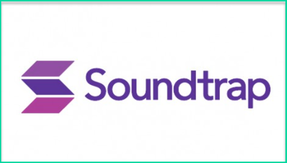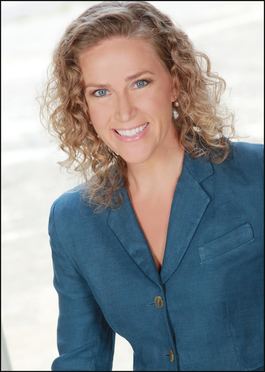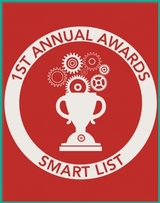
Composing Music Across Platforms
The adviser suggested Soundtrap, a cloud-based online music and audio recording studio that lets students make music or audio recordings within an invited and secured group. It’s easier to use, more updated and less expensive than other programs we researched, and it works across iOS, Android, Chromebook, Mac and Windows devices. The kids took to it right away because it resembles the social media sites they navigate constantly. Soundtrap is reasonably priced, and the academy saved a ton of money because it didn’t have to build an entire studio with digital audio workstations. Instead, the kids work from their own personal devices. Our school uses Google Sites, a web-creation tool that allows the students to share their individual websites, and Soundtrap is compatible with the Google Sites platform as well.
When Groans Become Great Music
We also used Soundtrap to produce auditions for the American Choral Directors Association’s (ACDA) national honors chorus. This year, we succeeded in placing two students in the honors chorus scheduled to perform at the organization’s 2017 conference in Minneapolis, Minnesota. Earning an ACDA slot is a huge accomplishment.
ACDA’s audition process required the students to sing along to Mozart’s “Ave Verum Corpus” or Henry Purcell’s “Sound the Trumpet.” The students downloaded the accompaniments into Soundtrap from the ACDA’s website, recorded themselves singing along, saved them as mp3s, and then sent them along to me for ACDA consideration. Their recordings doubled as homework assignments.
What I found so incredible over the course of this particular assignment was the students’ change of attitude. When I passed out the music, it was met with collective groans. But Soundtrap allowed them to break down the music into tracks and see the different parts in isolation, through color-coding. The visuals helped them understand the compositional process more deeply than if they were simply looking at the musical score. The next assignment involves collaborating on duets, an idea I spotted on the Soundtrap for Education website.
Thirty Seconds of Coolness
A big part of my teaching philosophy is fostering creativity in a safe place. Soundtrap lets the students do that. It emboldens them to take risks without fear of reprisal, and attempt things they thought would be too hard for them. Next year, I plan to offer a new class, “Sound, Composition & Technology,” using Soundtrap. We will be creating music and writing songs the whole time. Soundtrap helps me amplify the “cool” factor in chorus.

In 2015, she became certified in NYU’s Interactive Multimedia Performing Arts Collaborative Technology (IMPACT) curriculum. Karen is also a guest clinician and has been an artist in residence for the State of Alaska, working with high school choruses and individual voice for high school and middle school. She is now pursuing her Master’s degree in Choral Conducting at Florida International University, holding the teaching assistantship there in 2017-2018.












